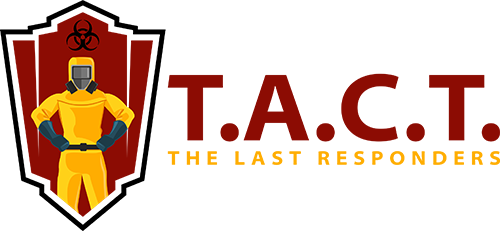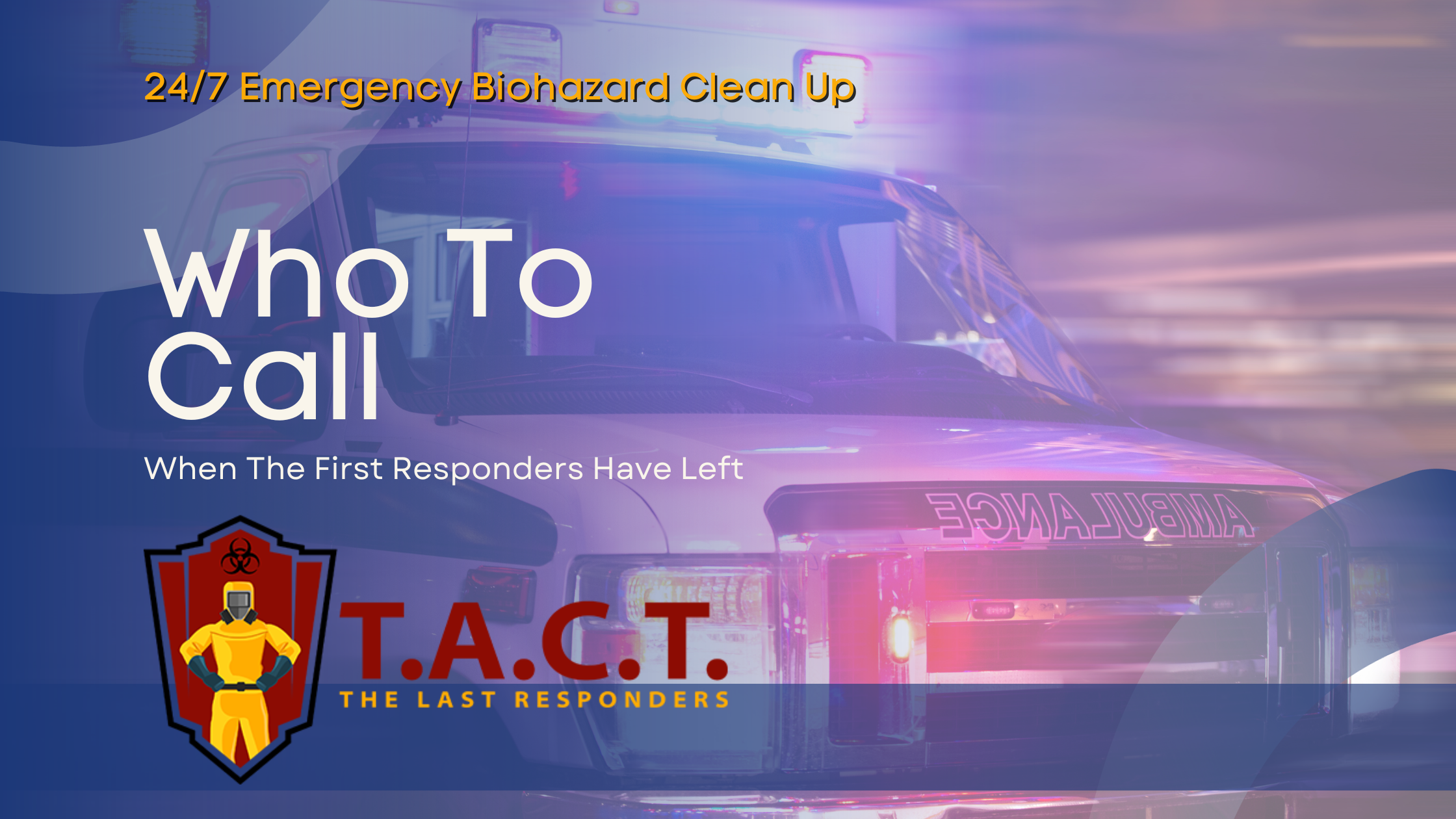Hoarding House Cleanup Tips & Best Practices
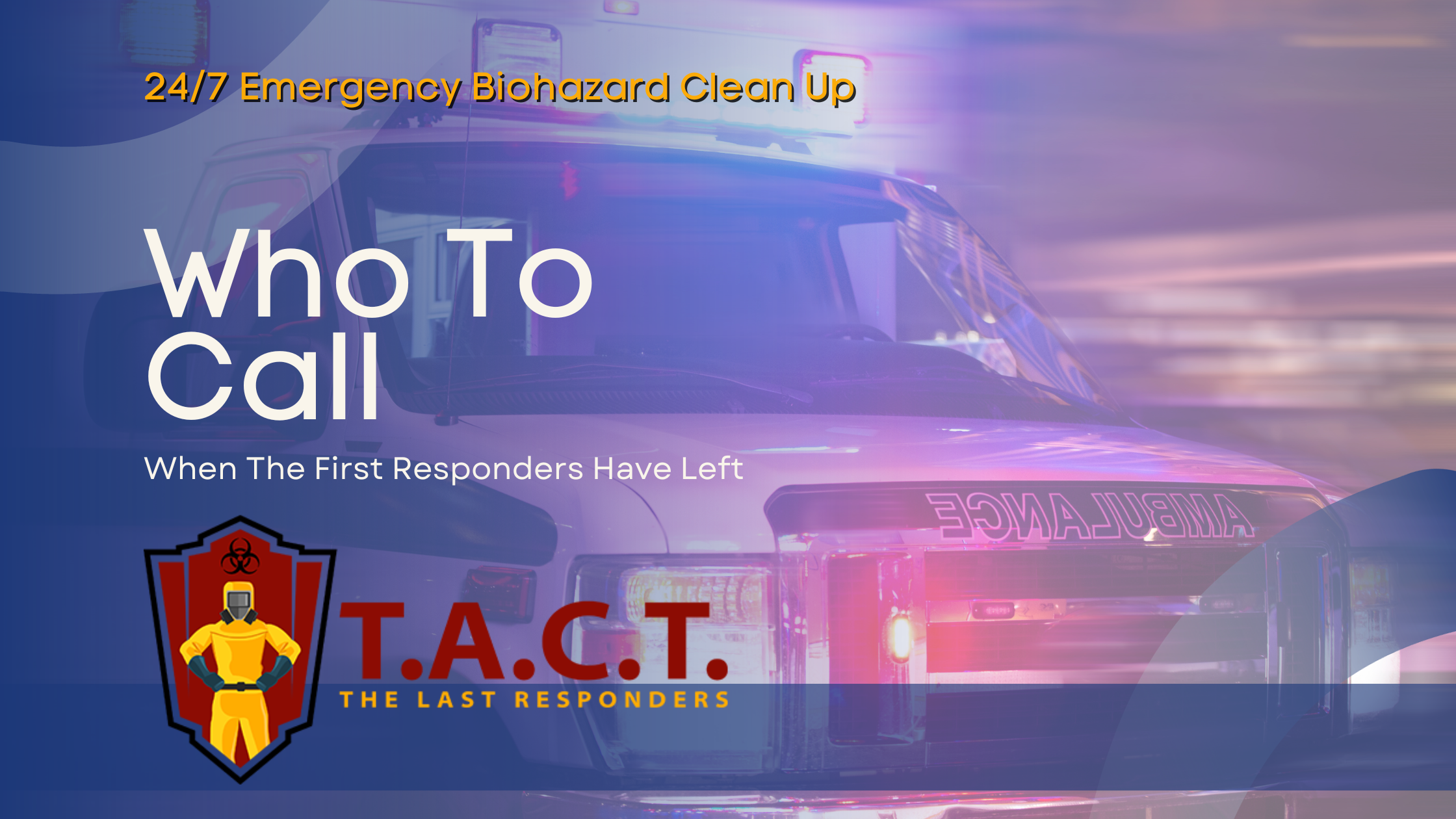
Essential Guide to Hoarding House Cleanup: Tips and Best Practices
Hoarding cleanup is a challenging and emotional process, often requiring a careful blend of compassion, preparation, and expertise. For those impacted by hoarding disorder, the task of cleaning and restoring a home can feel overwhelming. This guide provides professional insights and actionable advice to help you effectively and compassionately approach a hoarding cleanup project. Whether you're supporting a loved one or considering hiring a professional service, here's everything you need to know.
Understanding Hoarding Disorder
Hoarding Disorder is a psychological condition characterized by persistent difficulty discarding or parting with possessions, regardless of their actual value. While it’s often misunderstood as mere clutter or laziness, hoarding stems from deep emotional and mental health struggles.
Key points about hoarding disorder include:
Mental Health Connection: Hoarding is frequently linked to conditions such as OCD, ADHD, depression, or OCPD. Understanding these connections can help guide your approach during cleanup.
Impact on Well-Being: Hoarding not only affects living spaces but also significantly impacts mental and physical health, safety, and relationships.
Early Recognition and Intervention: Recognizing the signs early—such as difficulty discarding items, severe clutter, or isolation—can help ensure timely intervention and support.
Notably, a lasting solution often requires collaboration with mental health professionals, as addressing underlying causes is just as important as cleaning the physical space.
Preparing for Hoarding Cleanup
Proper preparation is critical to ensure a smooth and effective cleanup process. Here’s how to get started:
1. Evaluate the Space
Assess the scope of the hoarding to understand the size of the cleanup and the types of items being hoarded.
Identify any hazardous materials, such as mold, pests, or biohazards, that may require professional handling.
This evaluation will help determine the tools, cleaning solutions, and number of people required for the job.
2. Gather Necessary Tools
Stock up on essentials such as gloves, masks, trash bags, cleaning solutions, and disinfectants.
Invest in tools like strong containers for donations and a first-aid kit for safety.
3. Decide Whether to Hire Professionals
If the hoarding situation is severe, consider outsourcing to professional hoarding cleanup companies. They bring expertise, safety equipment, and a compassionate approach to tackling even the most daunting conditions.
The Cleanup Process
Hoarding cleanup should be methodical and sensitive to the person involved. Here’s a step-by-step guide to help you through the process.
1. Start Small and Build Momentum
Focus on one room at a time. Emptying a single space completely allows for quick wins, which can help motivate both the helpers and the individual who hoards.
2. Sort and Decide
Create three categories for items: Keep, Donate, Discard.
Where possible, involve the person who hoards in making these decisions. Respecting their participation can make the process more constructive and less distressing.
3. Remove Hazards
Eliminate any hazardous items, like decayed food, sharp objects, or pest infestations. Proper disposal of these items is essential for safety and hygiene.
4. Deep Clean
After decluttering, clean and disinfect the entire space. This may include replacing damaged flooring, walls, or furniture. Focus on restoring the home to a livable and safe condition.
5. Know When to Call Experts
If the home has issues such as mold or biohazards, or if you’re overwhelmed, professional cleanup services can handle these tasks efficiently and safely.
Overcoming Emotional Challenges
Hoarding cleanup is more than a physical task—it’s an emotional one. Here’s how to manage this aspect with care.
Provide Emotional Support: Be patient and compassionate throughout the process. Acknowledge that the person may feel overwhelmed, anxious, or even resistant to the cleanup.
Focus on the Benefits: Remind them of the positive changes that a clean and organized space can bring, such as improved health, safety, and flexibility for social connections.
Encourage Professional Help: Mental health professionals and support groups can provide essential guidance to help address the deeper emotional challenges associated with hoarding.
Celebrate Small Wins: Recognize and celebrate progress, no matter how small. A sense of accomplishment can help keep everyone motivated.
Maintenance and Support
Cleaning a hoard is not the end of the process; maintaining the progress is equally important.
Build New Habits: Encourage regular cleaning and decluttering habits to prevent the buildup of items in the future.
Offer On-Going Support: Regularly check in with your loved one to ensure they’re managing well, emotionally and behaviorally.
Hire Maintenance Help: Consider routine visits from professional cleaning services to keep the space organized.
Consistent emotional and practical support from family, friends, or professional counselors can help sustain a clean and healthy living environment.
Hoarding Cleanup Costs and Insurance
The financial aspect of hoarding cleanup is another key consideration.
Costs: Cleanup costs vary depending on the severity of the situation, property size, and hazardous material handling. On average, costs can range from a few hundred to several thousand dollars.
Insurance: Check your homeowner's insurance policy to see whether cleanup services are covered. Some policies may contribute to costs associated with safe disposal or biohazard removal.
Competitive Quotes: Reach out to multiple professional cleaning companies for estimates to ensure you’re receiving fair pricing for the services required.
Working with Professionals
Professional cleanup companies are often the safest and most efficient option for hoarding cleanup.
Expertise: These professionals are trained to handle hazardous materials and extreme conditions while adhering to safety regulations.
Compassionate Approach: Many specialize in hoarding cleanup and offer non-judgmental, respectful care.
Credentials: When choosing a company, ensure they are licensed, bonded, and insured. Also, check reviews and ask for referrals from people you trust.
Moving Forward and Resources
If you or someone you know is affected by hoarding, there is help available.
Seek Support from mental health professionals to address the emotional challenges associated with hoarding disorder.
Contact Specialists for hoarding cleanup services that can guide you through the process with care and expertise.
Leverage Resources like the National Alliance on Mental Illness (NAMI) for educational content and additional support options.
A cleaner, healthier, and more organized living space is possible—with the right tools, support, and approach, you can move towards a brighter future.
Latest news
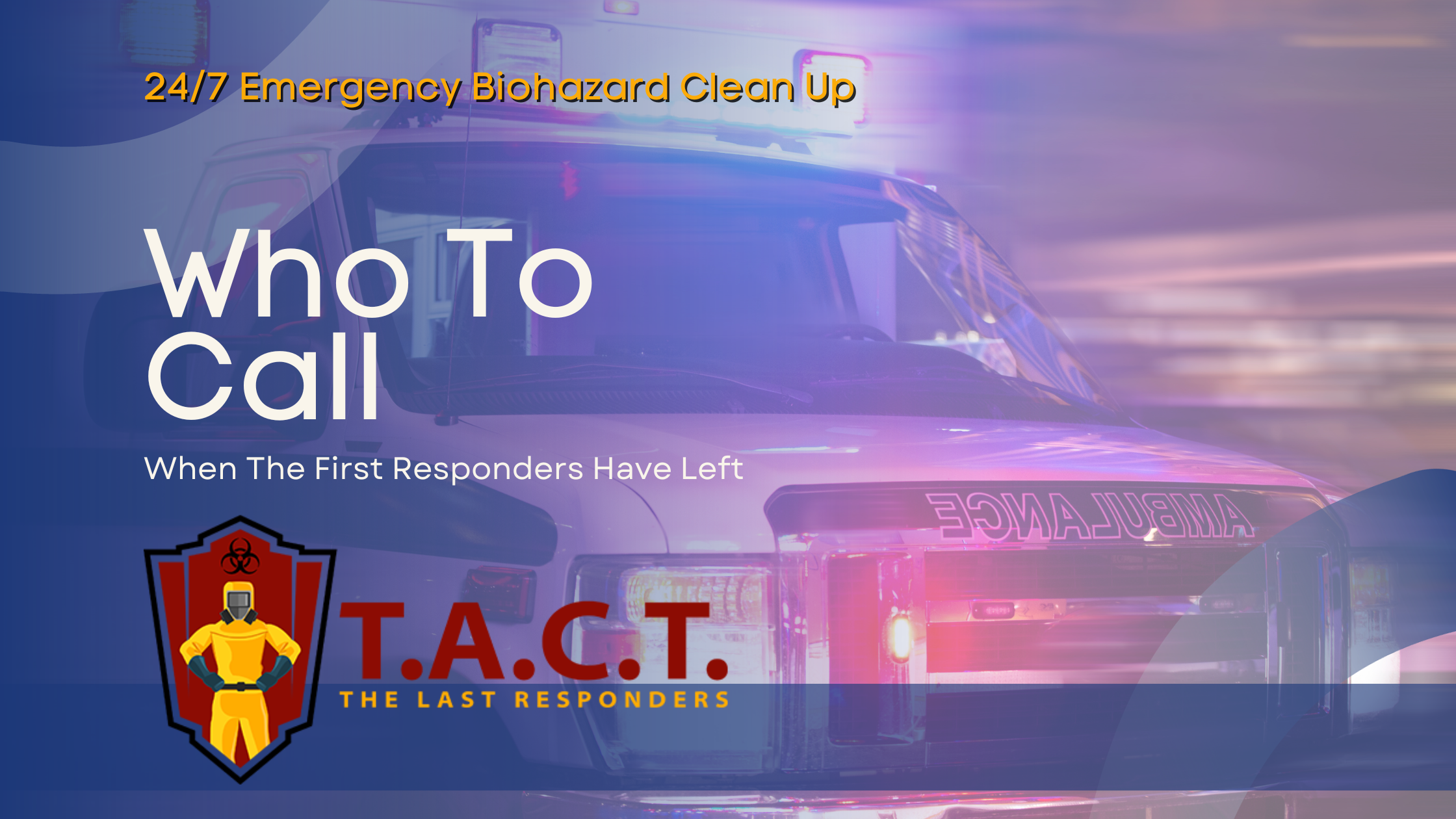
Bio Cleaning Services
Read More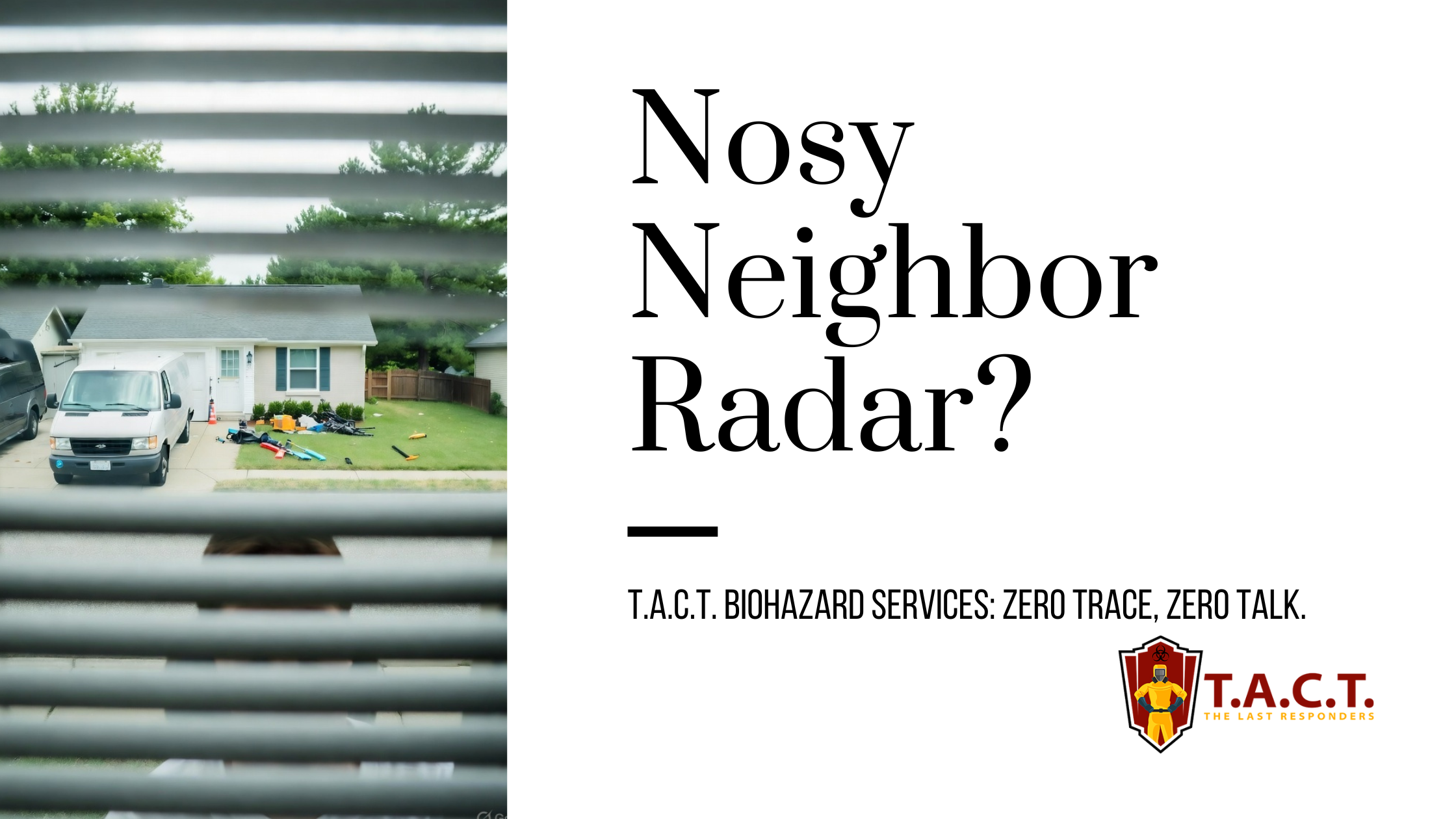
Nosy neighbors peeking? T.A.C.T. North Atlanta offers discreet biohazard remediation for rodent infestations, mold, hoarding, and more. Unmarked vehicles, quiet experts, full privacy—24/7 service at 470-781-4775.
Read More